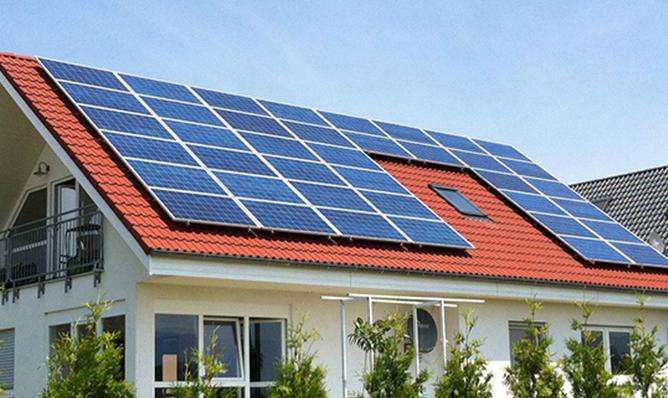It is roughly the same as wind turbines on land, the difference is that
1. The installation foundation at sea is more complicated and more expensive than the installation foundation on land
2 , Offshore installation is more difficult. If it is offshore, special lifting vessels may be used
3. The air at sea is highly humid, salty and corrosive. The equipment in the wind turbine needs special anti-corrosion treatment. Resist strong corrosion in the sea air
So, it can be said that the cost of offshore wind turbines is higher than that on land. This is why the single unit capacity of offshore wind turbines must be large, which can reduce the cost of foundation and hoisting
Different, the dual-drive wind turbine is composed of a three-phase asynchronous winding motor and a permanent magnet synchronous motor coaxially connected, and there are two wind wheels: the main wind wheel and the auxiliary wind wheel, so It is also called a double-drive motor, also known as a double-wind wheel motor. Among them, the main wind wheel directly drives the asynchronous motor rotor and the permanent magnet motor stator to rotate together, and the auxiliary wind wheel directly drives the permanent magnet motor rotor to rotate in the opposite direction. There is no gearbox in the middle. It is a direct drive structure. The permanent magnet motor stator winding It is connected with the rotor winding of the asynchronous motor in reverse phase sequence. Its main function is to excite the asynchronous motor. The entire generator outputs electric energy from the stator side of the asynchronous motor.
The so-called double-fed can be understood as the stator and rotor can emit electrical energy at the same time. The principle of the generator theoretically says that as long as there is power to drive the motor, the stator side of the motor can directly emit electrical energy. The working principle of a modern variable-speed doubly-fed wind turbine is to convert wind energy into mechanical torque (i.e., the rotational inertia of the wind wheel) through the impeller, increase the speed through the main shaft transmission chain, and the gearbox, and then drive the generator rotor to rotate to generate electricity.














